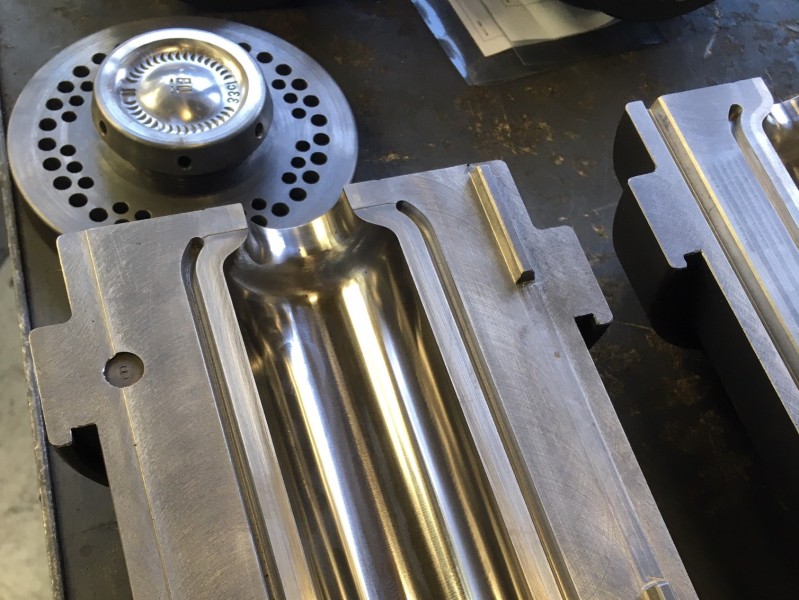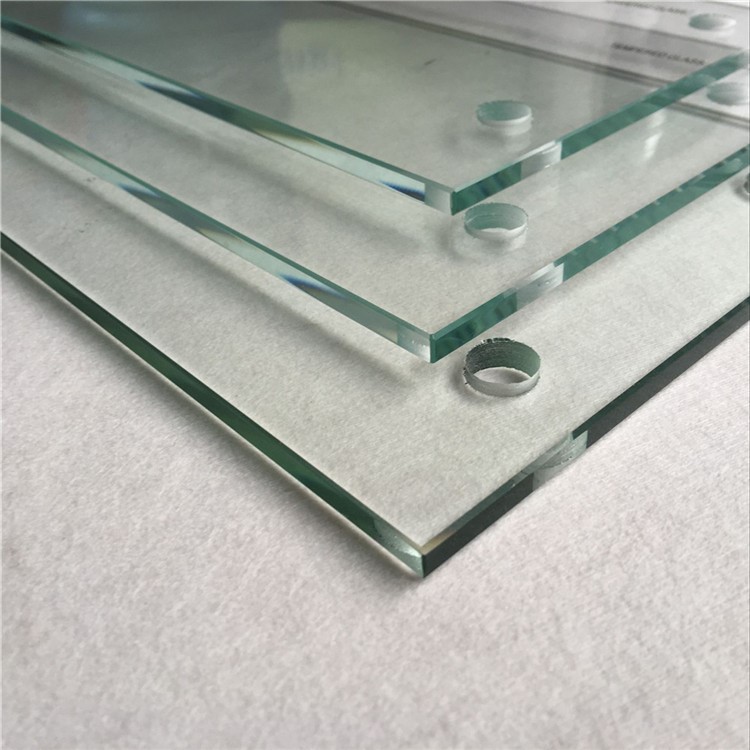Glass bottles are an essential part of our daily lives, widely used for packaging beverages, cosmetics, pharmaceuticals, and various household products due to their durability, safety, and eco-friendliness. However, have you ever taken a closer look at the bottom of a glass bottle and noticed the numbers, letters, or symbols engraved there? These markings are not random; they carry valuable information about the bottle’s manufacturer, production process, and even its quality control history. Understanding these symbols can help businesses, collectors, and consumers make informed choices when selecting glass packaging. In this article, we will decode these mysterious markings, explore their significance in the glass manufacturing industry, and highlight how they contribute to ensuring quality, traceability, and sustainability in glass production.
The Language of Glass Bottles
The numbers, letters, and symbols found at the bottom of glass bottles might seem like random imprints, but they play a crucial role in identifying essential details about the bottle. These markings, often referred to as bottle codes, provide valuable insights into the glass manufacturing process, the bottle’s origin, and sometimes even its age. For businesses in the beverage, cosmetics, and pharmaceutical industries, understanding these markings ensures better quality control, product traceability, and brand authenticity. For consumers and collectors, decoding these symbols can help determine a bottle’s history and value, making it an integral aspect of glass bottle identification.
Understanding Bottle Codes
Each glass bottle carries a unique set of identification codes, which can reveal a wealth of information about its manufacturing journey. Knowing how to read these codes can provide insights into the production process, the manufacturer’s identity, and quality assurance measures. Whether it’s a spirit bottle designed for whiskey, vodka, or rum, or an elegant wine bottle crafted for red wine or champagne, these markings hold key details about the bottle’s origin, compliance, and production standards. Recognizing these bottle codes not only helps businesses maintain high-quality standards but also enables consumers to make informed purchasing decisions.

Key Information Found in Bottle Codes:
| Code Type | Purpose | Example |
|---|---|---|
| Manufacturer’s Signature | Identifies the glass bottle manufacturer | Valiant Glass logo or initials |
| Mould and Cavity Numbers | Tracks the specific mould used during production | Cavity ID or mould number |
| Date and Distillery Marks | Indicates the manufacturing date and distillery | D-number for distillery |
| Standardization Symbols | Ensures product compliance with safety regulations | M, ε symbols for standardization |
| Collectible Markings | Reveals the bottle’s age and rarity | “57” for Heinz ketchup bottle |

The Manufacturer’s Signature
One of the primary pieces of information provided by these markings is the identity of the manufacturer. Much like an artist signing their work, glass manufacturers imprint their logo or initials on the base of the bottle. This serves as a quality assurance mark, allowing consumers to easily identify the origin of the bottle.
Recognizing the manufacturer can also help consumers make informed choices about the products they purchase. Brands that adhere to high-quality production standards often imprint their logos prominently, reinforcing their commitment to quality and safety.
At Valiant Glass, we pride ourselves on our craftsmanship, providing premium customized glass packaging for a variety of industries, including spirits, wine, and beverages. If you’re looking for spirits bottles, explore our wide range of glass options, from whiskey bottles to vodka bottles.
Mould and Cavity Identification
Mould equipment identification numbers and cavity identification are common elements found on the bottom of glass bottles. These numbers trace the specific mould used in the production process, providing valuable data for quality control and maintenance.
Quality Control in Glass Manufacturing
Understanding mould identification is crucial for quality assurance. It allows manufacturers to ensure that each bottle produced meets safety and quality standards. This is particularly important for products intended for food and beverage use, such as rum bottles or gin bottles.
Deciphering Dates and Distilleries
Certain types of bottles, particularly those used for beverages like beer and liquor, may carry additional unique markers. For instance, beer bottles and liquor bottles often have “D-numbers” on their bases. These identifiers correspond to specific distilleries, allowing consumers and collectors to trace the origins of the beverage.
For bottle enthusiasts, these identifiers hold significant value as they can unlock the history and story behind each bottle. Knowing the distillery can significantly enhance the value of a collectible bottle.
Standardization Symbols
If a glass container is standardized, it may bear symbols such as “M” or “ε.” The “M” symbol typically indicates products with a capacity of less than one liter. These symbols ensure that containers meet specific standards, guaranteeing uniformity across different batches and manufacturers.Regulatory Compliance
Standardization symbols are essential for regulatory compliance. They indicate that the bottle has been tested and approved for safety and quality, ensuring that consumers can trust the products they buy. Glass containers like white wine bottles and champagne bottles that bear these marks can be confidently used without concerns over safety.

Age and Antiquity
For collectors and enthusiasts, the numbers at the bottom of old glass bottles can provide clues to their age. One- or two-digit numbers usually represent mould numbers; however, they can also identify specific areas in an automatic bottle maker, helping to date the bottle. Older bottles, particularly antique brandy bottles, are highly sought after for their historical significance and craftsmanship.
The Thrill of Bottle Collecting
Understanding the age of a bottle adds a layer of excitement for collectors. Antique bottles can tell stories about historical events, manufacturing techniques, and even changes in consumer preferences over time.
The Famous “57”
Some numbers carry brand-specific significance. A notable example is the number “57” etched into the glass neck of every Heinz ketchup bottle. This number originates from the brand’s famous “57 varieties” slogan, serving as a subtle nod to the company’s rich history.
Such iconic numbers not only enhance brand recognition but also create a sense of nostalgia among consumers, linking them to the brand’s heritage and legacy.
Conclusion
In conclusion, the numbers and symbols under glass bottles are much more than random markings; they tell a story about the bottle’s origin, its journey through the manufacturing process, and sometimes even its age. So the next time you hold a glass bottle in your hand, take a moment to flip it over and read the story that lies beneath. Understanding these markings not only enriches your appreciation for the bottle but also connects you to a broader narrative of craftsmanship and quality.
At Valiant Glass, we understand the importance of these markings in the world of glass packaging. If you’re looking for custom-made glass packaging solutions, explore our wide variety of glass packaging options to create the perfect bottle for your product.
If you’re looking for more knowledge of glass bottles, check out the following articles:
– Top 4 Drinking Glass Manufacturers in the U.S
– Top 10 Glass Bottle Manufacturing Companies in India(Latest Updates)
– Top 10 Glass Bottle Manufacturers In The USA
– Why Choose Apple Juice in Small Glass Bottles? A Flavorful Experience
Consult Your Valiant Glass Bottles & Packaging Experts
We help you avoid the pitfalls to deliver the quality and value your glass bottle and jar need, on-time and on-budget.














